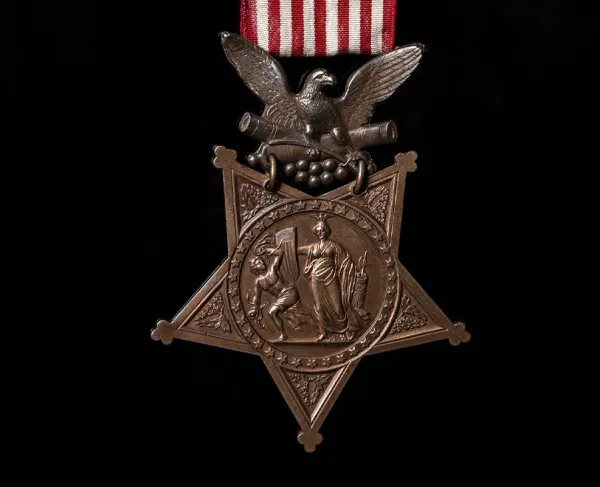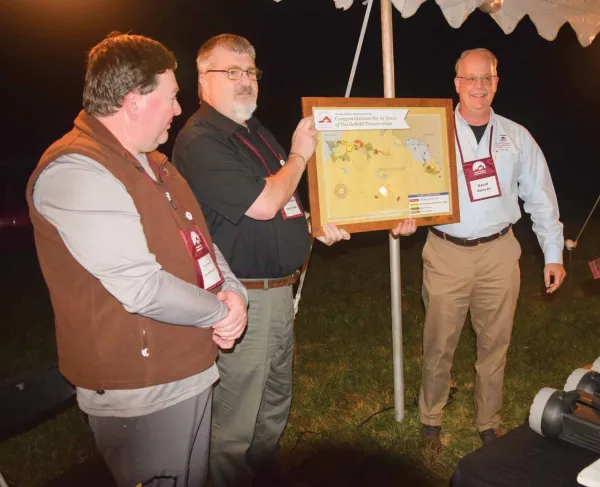
One of the most-repeated misconceptions about the Battle of Fredericksburg posits that the Union army, instead of waiting in vain for pontoon boats to arrive, could have easily waded across the Rappahannock River just north of the city. According to accounts in some popular literature, Union division commander Maj. Gen. Winfield Scott Hancock witnessed a herd of cows crossing the river and suggested the army do the same, only to be rebuffed by his blustery commander as a meddling subordinate
In this tale, Hancock personifies the frustration of the Union army, and because Burnside is so easy to vilify, most people accept the anecdote as further proof that he was inept. The misconceptions captured in this episode add fuel to the fire that has scorched his reputation.
So, why didn’t the army just walk across? After all, the Rappahannock is shallow enough to wade across just north of town. The river, flowing east, makes a wide bend southward, descending a series of rocky falls before smoothing out just as it flows past the town. Below the fall line, however, the Rappahannock gets deeper and wider, and it rises and falls with the tug of the far-off tide. That’s where Burnside built his pontoon bridges when they finally arrived.
To understand Burnside’s decision to stay put and not wade in, it’s important to challenge the assumptions one makes about river crossings. There is a difference between individuals or small groups casually crossing a river and a military crossing of a river. Infantry may be able to cross at a ford, but it can’t advance far without the support of the artillery and the wagon train.
The rocky stretch of river Hancock pointed out was not wheel-friendly. To position part of the army across the river in hostile territory with only the supplies it could carry would be a precarious choice. Cannons, like supply wagons, depended on a wheel-friendly crossing, meaning the artillery would have had a tougher time getting across the river than the cows Hancock allegedly spotted.
Moreover, Burnside didn’t have the benefit of Doppler radar to forecast the weather. A sudden storm could potentially strand part of the army on the far bank. Consider how much more vulnerable they would have been, too, without ready supplies or artillery support.
Burnside certainly has much to answer for in his handling of the army, but it’s wrong to assume every decision was a bad one.
This article appeared in the Winter 2012 Hallowed Ground Magazine as an inset to the feature article Before the Slaughter »
Related Battles
12,500
6,000





